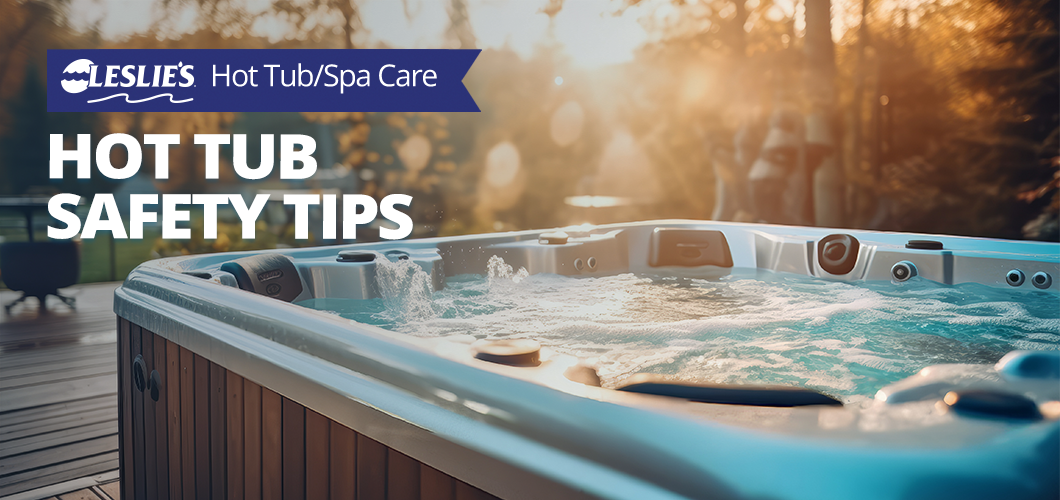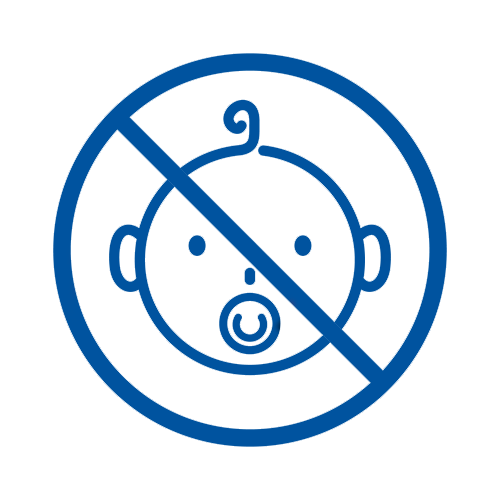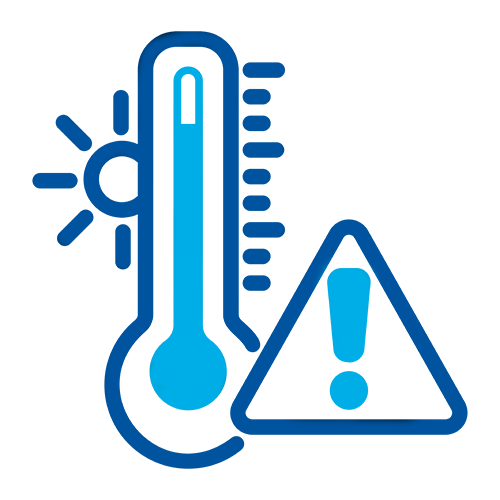
Hot Tub Safety Tips
After a long day at work or a strenuous workout, nothing relaxes the body like a soak in a hot tub. However, there are some hot tub safety concerns that you should keep in mind. As a hot tub owner, it’s your responsibility to ensure the safety of anyone who is going to be near or in the hot tub on your property. This includes guests and family members, as well as yourself. Use the safety tips below to make your experience the best there is to have when it comes to hot tub enjoyment.
Avoid Alcohol in Your Hot Tub

While the idea of relaxing in the hot tub accompanied by a glass of wine or cold beer might sound appealing, it’s important to know that hot water can amplify the effects of alcohol. In addition, alcohol dehydrates you, which is exactly what you don’t want when you’re in a hot environment. What’s more, alcohol can also raise your body temperature to dangerous levels because it expands your blood vessels; this can cause you to pass out or even drown. For these reasons, skip the alcohol and sip on some good old-fashioned H2O or sparkling water.
Maintain Healthy and Balanced Water

When it comes to hot tub safety, balanced and sanitized water is a must. Hot tub water can be a place for algae, bacteria, and other harmful microbes to grow if the water is not properly maintained. It’s important to use products that balance the Total Alkalinity, pH, and Calcium Hardness levels, as well as sanitize the water. It’s good practice to do a three-step check of the water before getting in. First, use your senses. Look to see that your water is not cloudy, and make sure the water does not have an odor. Both signs can indicate that your water isn't balanced, there's not enough sanitizer, the water isn't circulating enough, or the filter may need to be cleaned. Second, administer a quick water test in order to check for any kind of chemical imbalances and get it to the right levels before hopping into the hot tub. And don’t forget to follow the product label directions for adding chemicals to your hot tub. Products should be added one at a time and not mixed together. Lastly, make sure the water is properly circulating so that the chemicals can be evenly distributed throughout the hot tub.
BONUS TIP: Much like a swimming pool, hot tub water needs to be consistently balanced and well taken care of. Unsure of what chemicals you need for a hot tub? Check out our informative article on properly maintaining your hot tub water chemistry.
Keep Small Children (and Pets) Away

While there is no official ban on children using hot tubs, we recommend that children under the age of 5 avoid them. Hot tub water can reach temperatures of up to 104℉, and this can cause small children to overheat as their blood vessels dilate, speeding up the absorption of heat and preventing normal sweat evaporation. Extreme water temperatures can also result in heatstroke and loss of consciousness. There is also a concern of whether or not small children can reach the bottom of the hot tub. Children who don’t meet height requirements should never go into a hot tub.
The same rules apply to dogs, as hot tubs are generally not safe for pets. Dogs can easily become overheated, which may lead to heat stroke or even death. There is also a risk of them becoming ill from drinking chemically treated water. Let’s not forget that having a dog inside a hot tub is not very hygienic.
Monitor the Temperature and Don't Overheat

The Centers for Disease Control and Prevention recommends a maximum hot tub temperature of 104℉ for healthy adults. However, 100℉ is a comfortable, but healthier, temperature worth considering. Those with medical conditions should go even lower. In fact, it’s always best to check in with a medical provider before using a hot tub at all. No matter which safe temperature you choose, it’s best to limit your tub time to 15–30 minutes to prevent overheating.
Use the Buddy System

Activities like hiking, trail running, camping, and surfing, to name a few, all recommend the buddy system because of the potential dangers that come with these ventures. Should you do these activities solo, you run the risk of hurting yourself, becoming stranded, or not having the necessary assistance if something bad were to happen. While soaking in the hot tub doesn’t sound as extreme as hiking the Grand Canyon, we do recommend having someone else in the hot tub with you or somewhere nearby. There are a myriad of things that can happen while in and around the hot tub, like slipping and falling, falling asleep, drowsiness, or a medical emergency that can cause unconsciousness. So, go ahead and have someone else accompany you to the hot tub, and enjoy each other’s company!
BONUS TIP: Planning a vacation that involves using a public hot tub? The Centers for Disease Control and Prevention (CDC) encourages users to take extra precautions in the form of “HOT” steps — Heed, Observe, and Talk — in order to protect themselves and their families. As a result, the CDC has provided information on how to have safe hot tub experiences while minimizing the risk of illness and injury.
Have a Safe Hot Tub Environment
One of the biggest mistakes hot tub owners make is not creating an overall safe installation space. Some hot tub owners will squeeze their hot tub into their backyard, leaving little to no space around the hot tub. Hot tub owners should ensure there’s enough space around the hot tub, so that there is a safe entry and exit layout.

Finally, cover your hot tub at all times when not in use. After a long night with friends, it’s easy to forget to place your hot tub cover on your hot tub. However, if you have children or pets, this could be potentially hazardous if left unsupervised. As an added protective measure, ensure that your hot tub cover has a sturdy locking clip and is ASTM certified, which are rigorous cover safety procedures and guidelines.
Enjoying your hot tub is a wonderful way to unwind, but it comes with a responsibility to prioritize safety. With a little bit of thought, planning, and regular maintenance, your hot tub should be able to serve you and your family and friends well for many years to come.
Have any further questions? We can help! We’re here to help you understand all the ins and outs of your hot tub so you can focus on the most important part: enjoying it! Stop by or call your local Leslie’s to speak with one of our knowledgeable pool and spa associates.